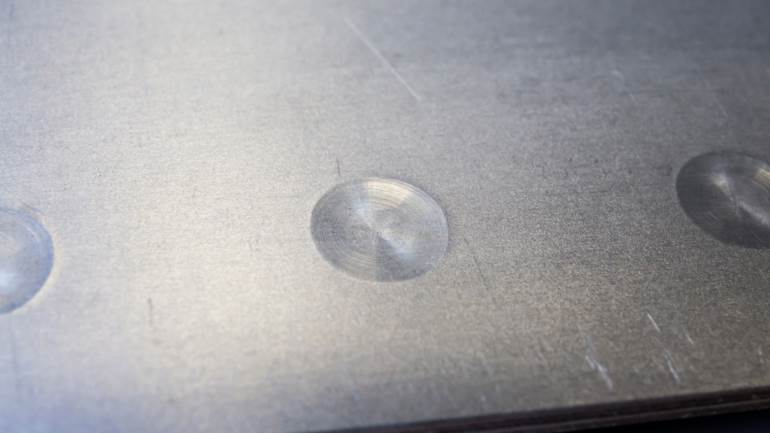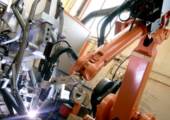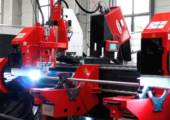-


在线留言
发送您的问题或需求,我们将尽快与您取得联系!
×
-
SAFETY IS PARAMOUNT
EVERYTHINGS HAS TO BE ABSOLUTELY PERFECT
07/27/2020

Large turquoise buses stop every few minutes at a bus stop in Shenzhen, southern China. You might expect these buses to be noisy and environmentally unfriendly, but things are different in this modern metropolis: there are no unpleasant gases streaming out of the exhaust pipes, and the only sound coming from the buses is a quiet hum. The buses are not driven by diesel engines, but instead run on electricity from lithium batteries. Shenzhen is the first city in the world with over a million inhabitants to have an entire fleet of electric buses, with more than 16,000 vehicles having been converted to run on electricity. Nowadays, China is a strong driving force in the evolution of e-mobility – it is not without reason that the People’s Republic is the largest market for electric vehicles.
There is no doubt that this shift will bring challenges with it, including for welding technology. The requirements for cell cases for electric vehicles are very strict, and the manufacturing process is anything but banal. The lithium batteries need to be well protected in order to avoid danger to the occupants in the event of an impact. The battery tray and the lid are subjected to strong forces during a collision and must be largely solid and sealed. For this reason, they are made from aluminum, as it is extremely lightweight and incredibly robust.
EVERYTHING HAS TO BE ABSOLUTELY PERFECT
The entire housing is a safety-critical component, which means that the quality of the weld seams must be flawless. While the tray is welded using arc welding processes or lasers, resistance spot welding is used to attach the lid. The lid is usually made by joining three plates: a thin plate forms the basis of the lid and two thick plates are used to reinforce it. In order to ensure that it is completely sealed, the lid is joined using a large number of welding spots. As the quality of the component is vital, each spot must be absolutely perfect. The DeltaSpot spot welding system with a continuous process tape is ideally suited to this process. Unlike conventional spot welding, the lid can be welded without the need to dress the electrode tips, which significantly increases productivity. The additional, regulated heat input of the process tape also allows for precise control over where the welding spot is formed. This means that all three plates, including the thin plate, are sufficiently bonded.
-


 下载
下载
 会员中心
会员中心



 收起
收起























